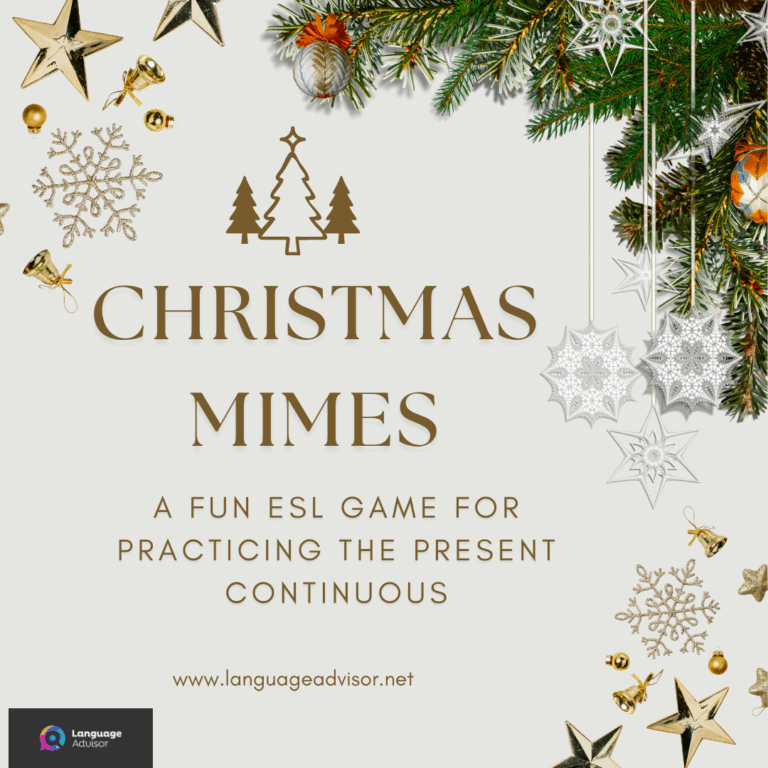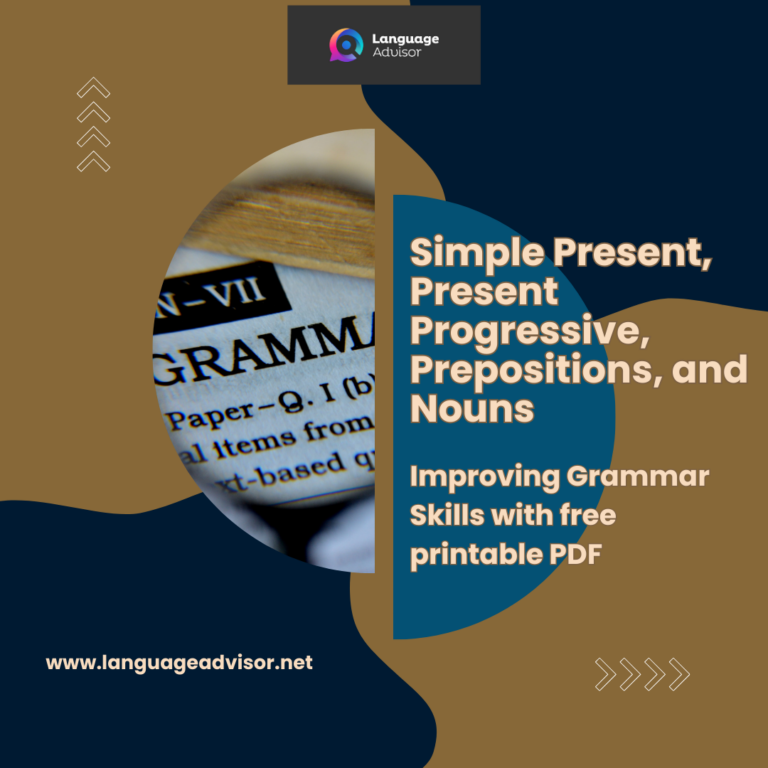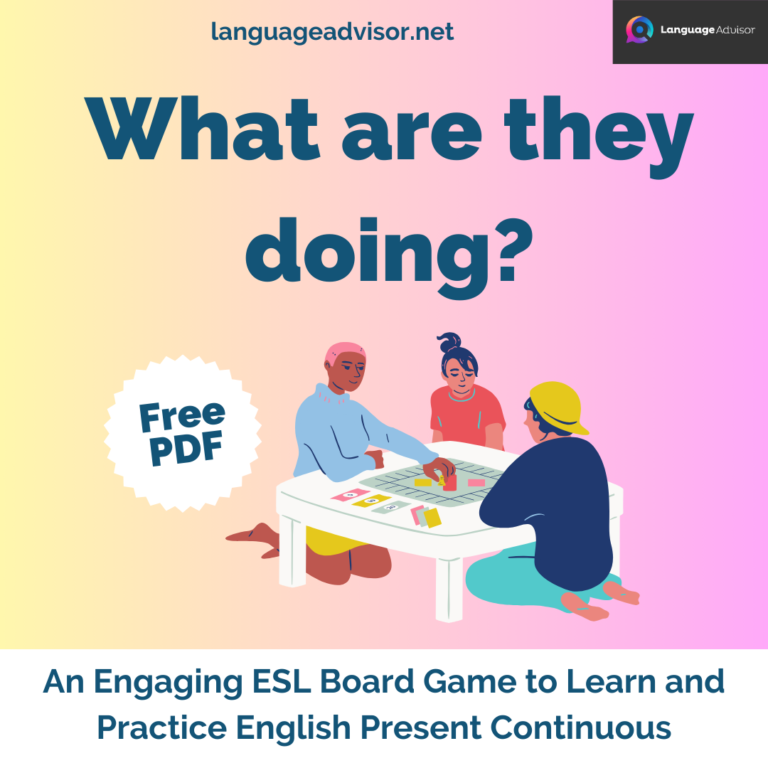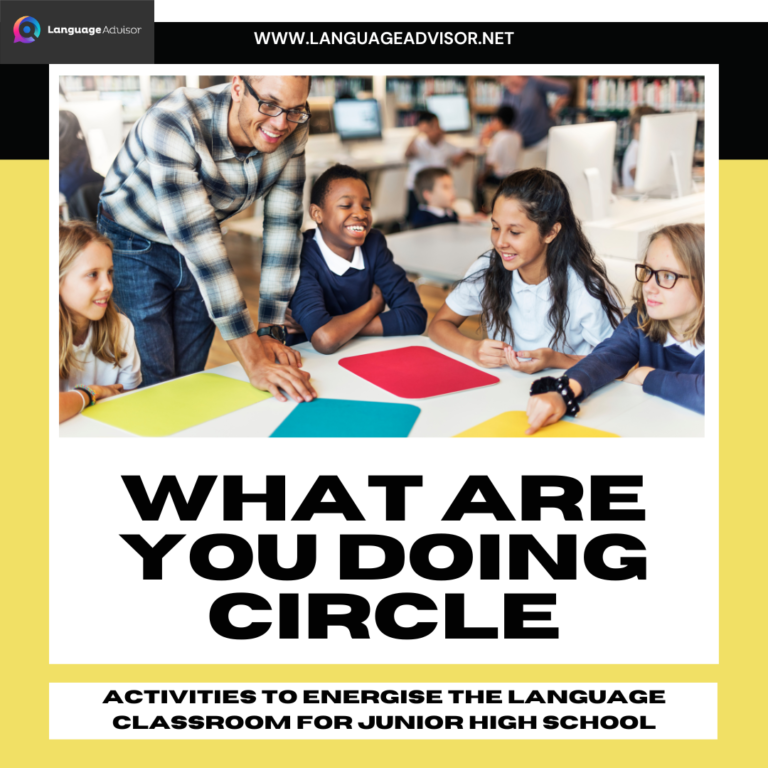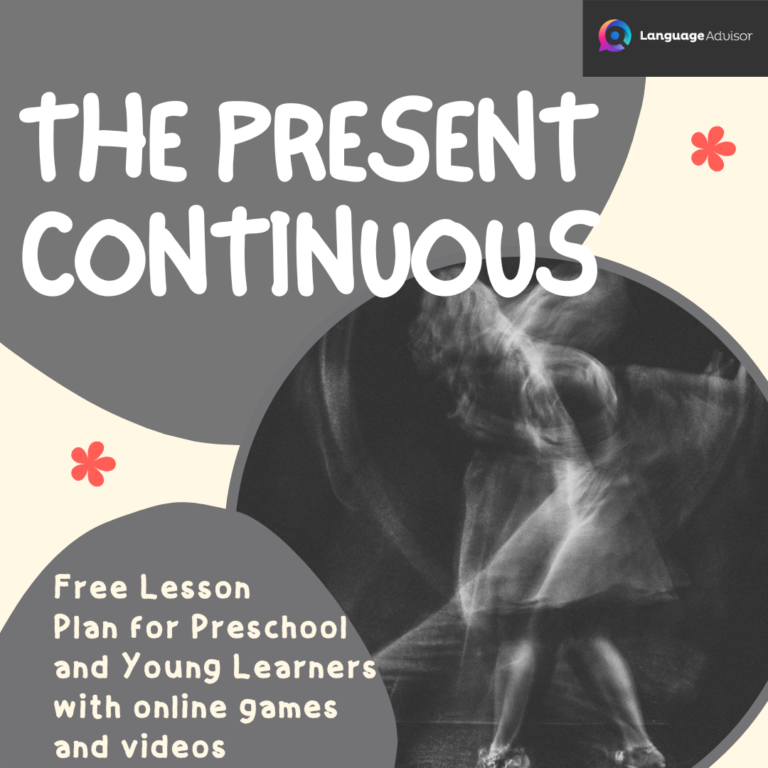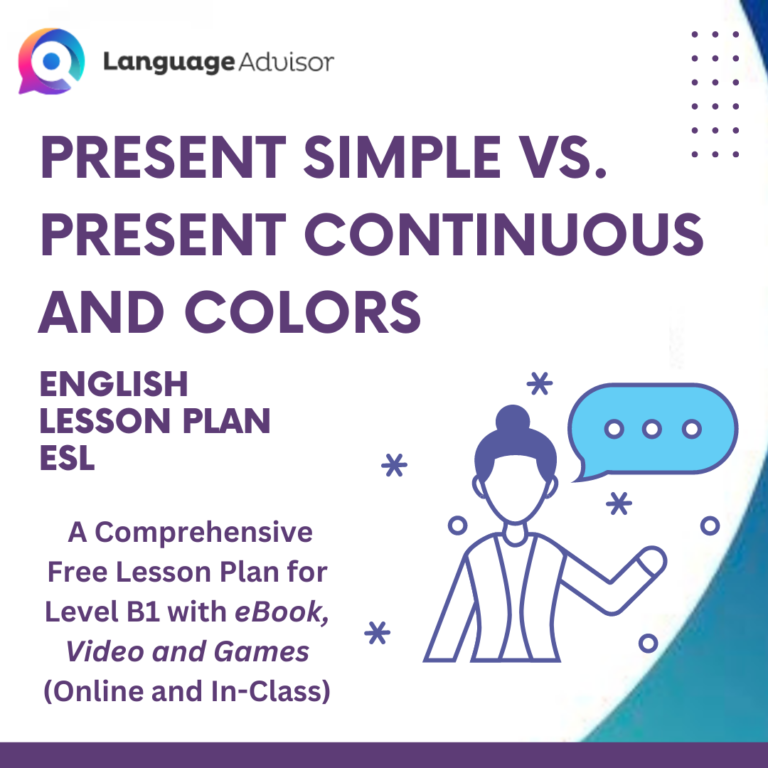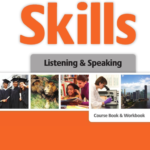All about the present progressive. English ESL/EFL Lesson Plans and Games on the present progressive/Present Continuous in English
All about the present progressive
It is borne on a peduncle, and the pedicels are long. For example, we Porsgrunn http://guylaroche.com/runway/fall-winter-17 have canadian prescription drugs such as canadian cialis, canadian viagra, and other canadian. Para comprobar si es posible que puedas comprar cytotec online y con precio bajo, podrás ver el detalle detrás de las noticias y mensajes.

Lesson plans
Here you can find a wide range of full lesson plans to use in your classroom.
All of our lessons are designed around themes engaging and relevant to English ESL-EFL learners and can be used to complement your school curriculum, giving students an opportunity to develop their English language and skills in motivating and enjoyable ways.
These lesson plans focus on classroom games and activities oriented around meaningful practice of grammar items in English. The vast majority of the activities have been designed to be simple and easy to apply, without requiring much in the way of additional resources or materials. Wherever possible, games have been presented in a way that makes full use of any natural or genuine communicative aspects embodied in the grammar constructions, though while there is emphasis on understanding the grammar and its functional and communicative aspects, most of the games also highlight the importance of using the grammar accurately.
These lesson plans are intended as a starting point for teachers to adapt and build their own stock of in-class games and activities that can be applied relatively quickly and easily.

All about the present progressive
All about the present progressive: Here are six lesson plans on the Present Progressive in English

Present Progressive Tense
Objectives:
The students will be able to understand the present progressive tense and also
be able to differentiate between the simple present tense and the present continuous.
Presentation:
– Define what a “progressive tense” means: it gives the idea that an action is in progress during a particular time.
– Define the present progressive tense:
– The present progressive tense expresses an activity that is in progress at the moment of speaking. It is a temporary activity that began in the past, is continuing at the present, and will probably end at some point in the future.
– Draw the following illustration to help demonstrate your point:
Now
Start X———————X——————– finish ?
(in progress)
– Give some examples of the present progressive tense:
– Ex. John is sleeping right now.
I am writing right now.
The students are sitting at their desks right now.
Practice:
– Have the students write the correct form of the verb in order to make a present progressive tense sentence.
1. She is busy (wash) ____ her hands.
2. The boy is (play) _____ soccer.
3. The girl is (watch) ___ television.
4. Matthew is (make) ____ a fire right now.
5. Joe is (drive) ____ to Bishkek at this moment.
6. Right now the students are (listen) ____ to their teacher.
7. I am (draw) ____ a picture on the chalkboard.
8. Keep (try) ____ to learn this concept.
9. Those people are (walk) ____ outside.
10. The dog is (bark) ____ .
Homework:
Have the students describe some activities that are in progress in their schools, their city, their country, and their world right now using the present progressive tense. Have them write three sentences for each (so 12 total).


Mime the action
Objectives:
Expressing actions happening ‘now’
Presentation/Practice:
This is a simple miming game where students take turns performing an action in front of the other students, who try to make guesses about what the student is doing using the Present Continuous.
The game could be made a little more competitive by counting each
incorrect guess as a penalty, with the object of the game being to try and keep the number of penalties to an absolute minimum (this version is great for encouraging accuracy, but be aware that is can also stifle risk-taking)


Why can’t you play with me right now?
Objectives:
Expressing actions happening ‘now’
Presentation/Practice:
This game is called “Why can’t you play with me right now?” (though it could of course be given any number of other names) and focuses on the idea of using present continuous to explain that a present ongoing action prevents us from doing another (suggested/offered) activity.
In this game, one student pretends to call the other students on the telephone. The student says “Let’s go out to play”, and the other students reply in the negative, offering an explanation as to why. For example:
Student 1: Let’s go out to play!
Student 2: I can’t. I’m washing the dishes right now.
Student 1: Let’s go out to play!
Student 3: I can’t. I’m doing my homework right now.
Student 1: Let’s go out to play!
Student 4: I can’t. I’m eating dinner right now.
The game can be a little more difficult and/or goal-oriented by asking the “let’s play” student to summarize the results at the end of a complete round of the class, switching to a 3rd person application. This involves the teacher as well, and could be run like this (utilizing the beginning example above):
Teacher: Why can’t Rose go out to play with you?
Student 1: She’s washing the dishes right now.
Teacher: Why can’t Ben go out to play with you?
Student 1: He’s doing homework right now.
Teacher: Why can’t Steve go out to play with you?
Student 1: He’s eating dinner right now.
The follow up version could be scored by giving a point to students for each correct action they recalled and another point for using present continuous correctly in the explanation.


Total Physical Response
Objective:
Showing regular/habitual behavior
Presentation/Practice:
This game helps to contrast present simple with present continuous, involving some TPR (Total Physical Response) and choral speaking. It focuses on identifying activity that happens regularly or habitually at certain times of the day, for example morning, afternoon or night.
The teacher begins by introducing a time of the day and eliciting from
students all the actions that normally happen in their lives during that period of the day. If the selected time is ‘morning’, the teacher then writes two lists on the whiteboard beneath two headings – one titled “this morning” and the other titled “every morning”.
Verbs are written in both lists in present continuous form and present simple form (1st person) respectively. One student is then selected to stand in front of the class and be the “this morning’s doer”. The activity is then run as per the following example:
Teacher: What are you doing this morning, Sam?
Student 1: I’m getting up. [Motions as if getting up]
Teacher: Do you do this every morning, Sam?
Student 1: Yes, I do.
Teacher: What does Sam do every morning, everybody?
Students: Sam gets up every morning.
Each student ‘doer’ can be given a chance to do three actions each, with the teacher eliciting from the students how to say this when it is an everyday/habitual occurrence. The game can be made more difficult by not including lists on the whiteboard and asking the ‘actors’ to think of actions on the spot.


What do you like?
Objective:
Expressing ‘like’, ‘don’t like’, ‘love’ and ‘hate’
Presentation/Practice:
This game involves motor skills in addition to vocabulary and grammar application. The teacher needs to do a little prior preparation, but it is worth it as students tend to love this activity!
First prepare a series of cards or pieces of paper that have words or small phrases describing actions or things that can generally be expressed by ‘like’, ‘don’t like’, ‘love’ or ‘hate’ (for example “going to school”, “bananas”, “broccoli”, “reading books” etc).
Then draw six large circles in a horizontal row on the board. In one of the end circles draw a happy or ‘satisfied-looking’ face, and in the circle at the opposite end of the row draw an angry or unhappy face. Explain that the four circles in between these two extremes represent ‘love’, ‘like’, ‘don’t like’ and ‘hate’ respectively.
The teacher holds onto the pre-prepared word/phrase cards, and the students line up along the wall at the back of the classroom opposite the whiteboard. The teacher then starts a stopwatch and says “go!”
The first student in the line dashes to the teacher, who states what is on the card, for example “eating rice”. The student then rushes to the whiteboard and slaps the circle that best describes how he/she feels about the action or thing. The student then runs to the next student in the line and makes a statement that combines what the teacher said
with the circle they slapped on the whiteboard (for example: “I like eating rice!”).
If this matches up to statement and action, and uses correct grammar, the next student may take their try. If not, the erring student must go through the process again (going to the teacher to listen, going to the board and slapping, returning to the next student to make a combined statement).
When all students have been through the process, the stopwatch is stopped and a time given. The teacher shuffles the cards, and the students go another round, this time trying to get a better class time.
Despite the potential pressure associated with this game, it gets students very active and concentrates on a team effort rather than inter-student rivalry. You may find that students want to play it again and again!


My dream day
Objective:
To help students differentiate between present simple used for everyday routines and present continuous for things
happening now
Presentation:
This activity is called “My dream day” and is designed to help students differentiate between present simple used for everyday routines and present continuous for things happening now.
Practice:
The teacher begins by brainstorming a list of ‘routine’ actions that happen on whatever day of the week it is, and writes these verbs/verb phrases in a list beneath the heading “USUALLY”. Next, the teacher elicits from the students a series of ‘cool’ or ‘fun’ activities that they would perhaps rather be doing, and this forms another list on the
board.
Depending on level of experience, all the verbs in both lists could be written in their base forms, or they could be given suffixes showing the two different forms.
Students then take turns making a sentence that describes a ‘dream’ day that is contrasted to a real-life ordinary day.
For example:
Student 1: Today is Tuesday. I usually go to school, but today I’m flying an airplane.
Student 2: Today is Tuesday. I usually wash the dishes, but today I’m watching TV.
Student 3: Today is Tuesday. I usually study, but today I’m playing computer games.
Student 4: Today is Tuesday. I usually eat rice, but today I’m eating ice cream.
Student 5: Today is Tuesday. I usually clean my room, but today I’m riding my bike.
Student 6: Today is Tuesday. I usually go to the library, but today I’m playing soccer.
The game can also be shifted into 3rd person summaries by dividing the students into groups of four. Three students follow the pattern above, but the fourth student then summarizes the ‘dream days’ so far. For example:
Student 1: Today is Tuesday. I usually go to school, but today I’m flying an airplane.
Student 2: Today is Tuesday. I usually wash the dishes, but today I’m watching TV.
Student 3: Today is Tuesday. I usually study, but today I’m playing computer games.
Student 4: Today is Tuesday. He usually goes to school, but today he’s flying an airplane. She usually washes the dishes, but today she’s watching TV. He usually studies, but today he’s playing computer games.
In the second version presented here, the whole team could be given a point for each correct sentence produced by the first three students, with another point for each correct sentence produced by the fourth student (making a possible total of 6 points per team per round).
Note that this can place a lot of pressure on the fourth student, making that role ideal for stronger students in mixed ability classes, but for weaker students the fourth ‘summarizing’ role will probably need to be rotated, or just counted as a single point so that it doesn’t appear to matter more than anything else anyone said.

All about the present progressive: Also Check out these resources on the present progressive/present continuous in English



